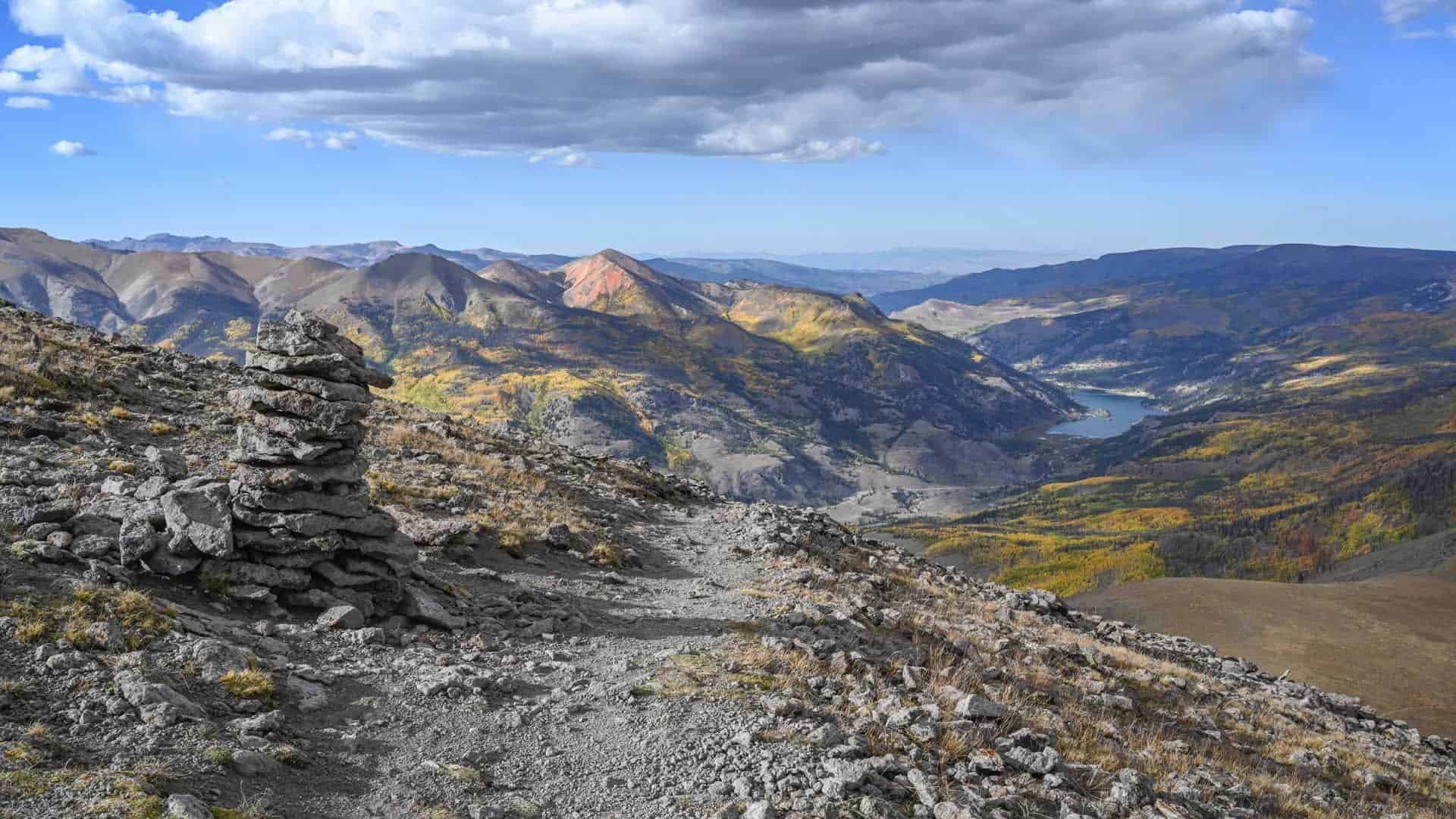GOLDEN, Colo. (August 14, 2021) – AN IMPORTANT NOTE FOR NORTHBOUND CDT TRAVELERS: Please be aware that while discretionary travel to Canada from the United States is permitted by the United States and Canada, Chief Mountain Border Station is not in operation, meaning that CDT travelers are not permitted to enter Canada via Waterton Lakes at this time, NOR will there be regular traffic passing through the Chief Mountain Border Station. This situation presents new challenges for long-distance travelers who were planning on ending their northbound journeys in one of these terminuses. Please be aware that there can be major legal consequences for crossing the border into Waterton Lakes via the trail at this time. We strongly urge CDT travelers not to attempt this.
The closure of both these terminuses is unprecedented, and we understand that this is a frustrating situation for long-distance travelers who have spent months hoping for an exciting conclusion to their journeys. The CDT has always required flexibility and change from long-distance travelers, and we hope that the spirit of openness and creativity that has helped travelers this far in their long journeys will continue to sustain them. CDTC has no jurisdiction over healthcare or border crossing policies, and we cannot guarantee that either of the Northern terminuses will be readily available to CDT travelers soon. We’ll continue to actively monitor the situation and as we know more, you’ll know more. Please keep an eye on our Closures and Alerts page for terminus updates, as well as the usual fire- and weather-related updates.
At this moment, these are three of the possible options for NOBO travelers:
- Pre-arrange for a friend or family member to meet you at the Chief Mountain Trailhead of the Belly River Trail, located along Montana State Road 17 near the border. If you wish to enter Canada, CBP reports that the nearest open border station is at Carway, AB, located along U.S. Highway 89, to the east of Chief Mountain. However, there are currently Covid-related regulations that all people crossing the border must obey, which may include vaccination requirements and a pre-entry Covid test. Please see the CBSA (Canadian Border Services Agency) website for the most up-to-date information, and keep yourself refreshed on this, as there may be on-going updates. If you re-enter the United States afterwards, there may be additional Covid-related regulations. See more on the Customs and Border Patrol website.
- Arrange for your Glacier National Park backcountry permits to allow you to loop back to a town to take transportation away from the park. Please be mindful that Glacier National Park requires backcountry permit travel to be contiguous. See more on the backcountry permit website here.
- Walk the 14-mile road walk between Chief Mountain Border Station along Montana State Road 17 to U.S. Highway 89 and pre-arrange for a ride to meet you there. Please note that this area is very remote and you should not depend on cell phone coverage, nor on available camping. Also, this road walk will take you into the Blackfeet Nation’s reservation, which was closed for some time during the height of the pandemic. Please keep an eye on the Blackfeet Nation’s website to make sure you are in compliance with Covid-19 and other regulations.
This is an evolving situation and we are communicating with different agencies in the U.S. and Canada to help ensure that trail users have the most up-to-date information. We’ll keep you updated as we learn more. In the meantime, be safe and take care.
###
About the Continental Divide Trail
The CDT is one of the world’s premiere long-distance trails, stretching 3,100 miles from Mexico to Canada along the Continental Divide. Designated by Congress in 1978, the CDT is the highest, most challenging and most remote of the 11 National Scenic Trails. It provides recreational opportunities ranging from hiking to horseback riding to hunting for thousands of visitors each year. While 95% of the CDT is located on public land, approximately 150 miles are still in need of protection.
About the Continental Divide Trail Coalition
The CDTC was founded in 2012 by volunteers and recreationists hoping to provide a unified voice for the Trail. Working hand-in-hand with the U.S. Forest Service and other federal land management agencies, the CDTC is a non-profit partner supporting stewardship of the CDT. The mission of the CDTC is to complete, promote and protect the Continental Divide National Scenic Trail, a world-class national resource. For more information, please visit continentaldividetrail.org.

